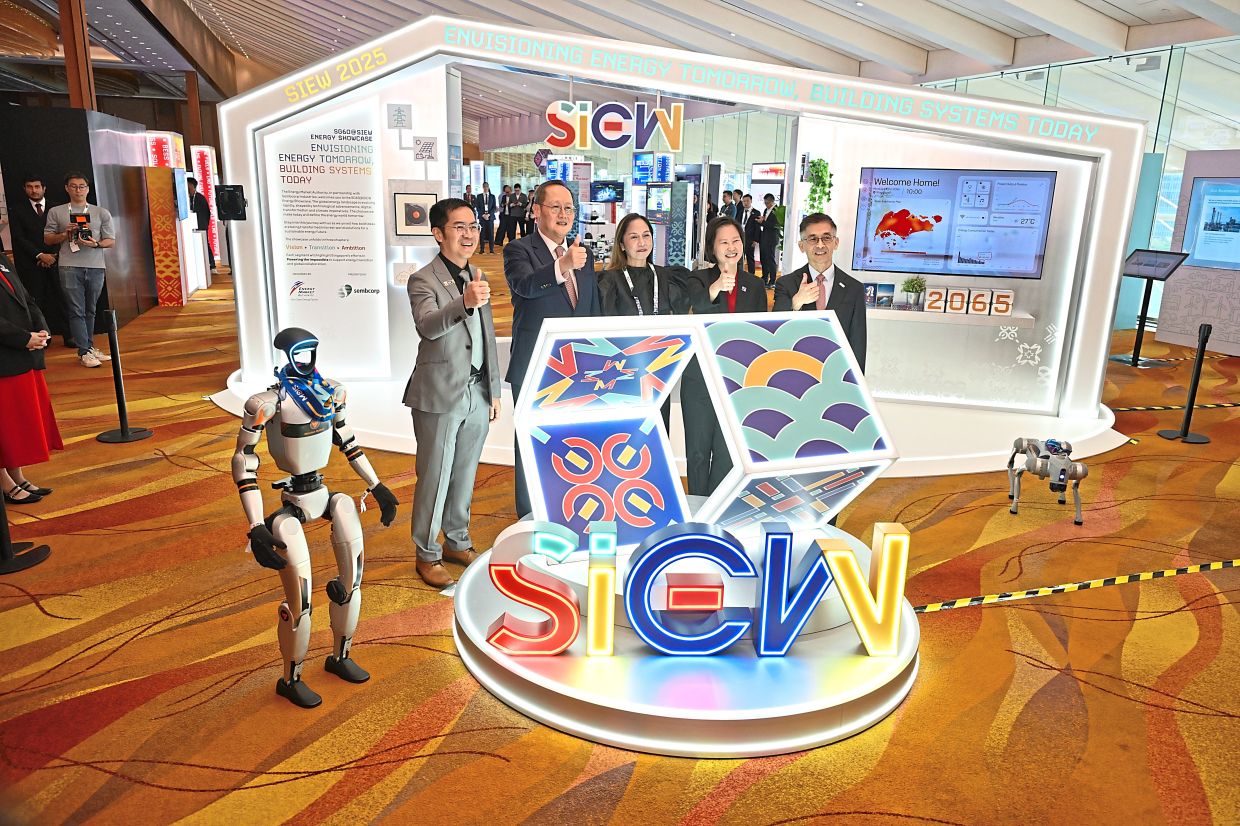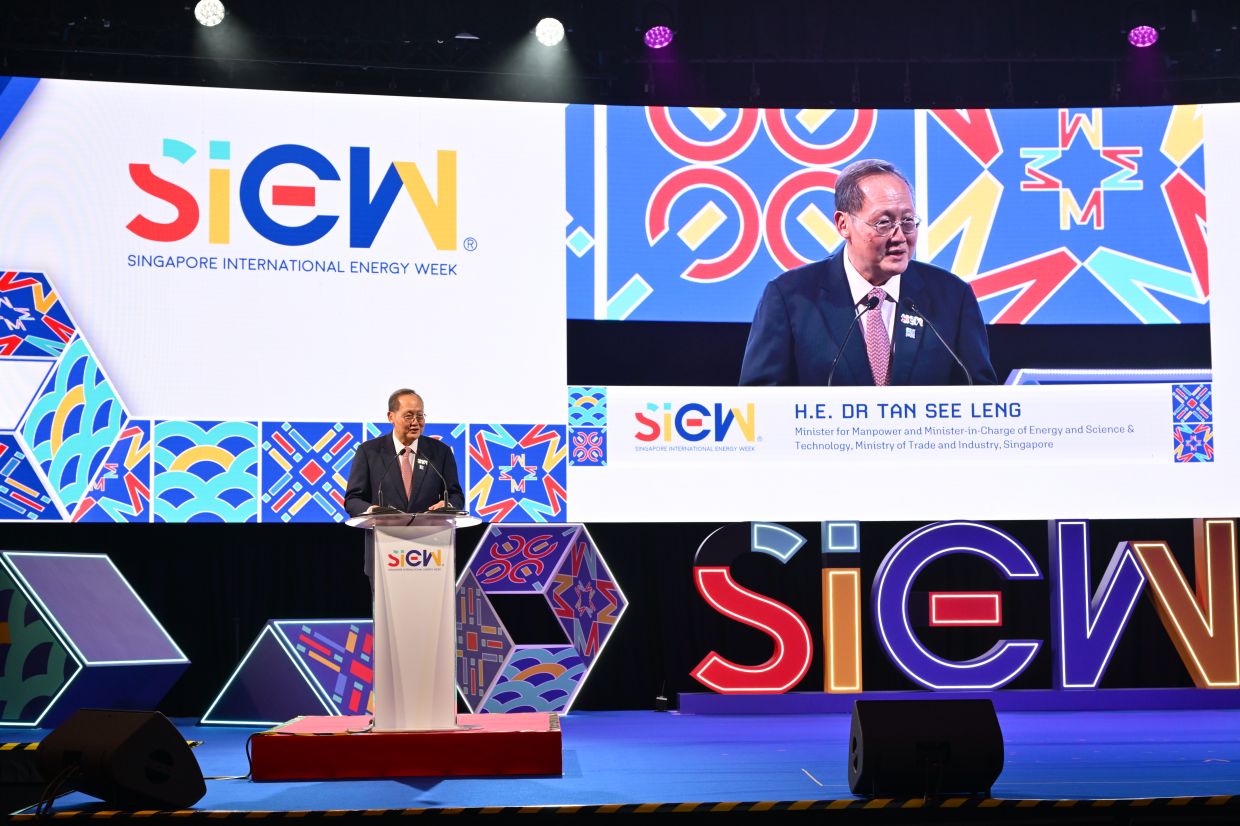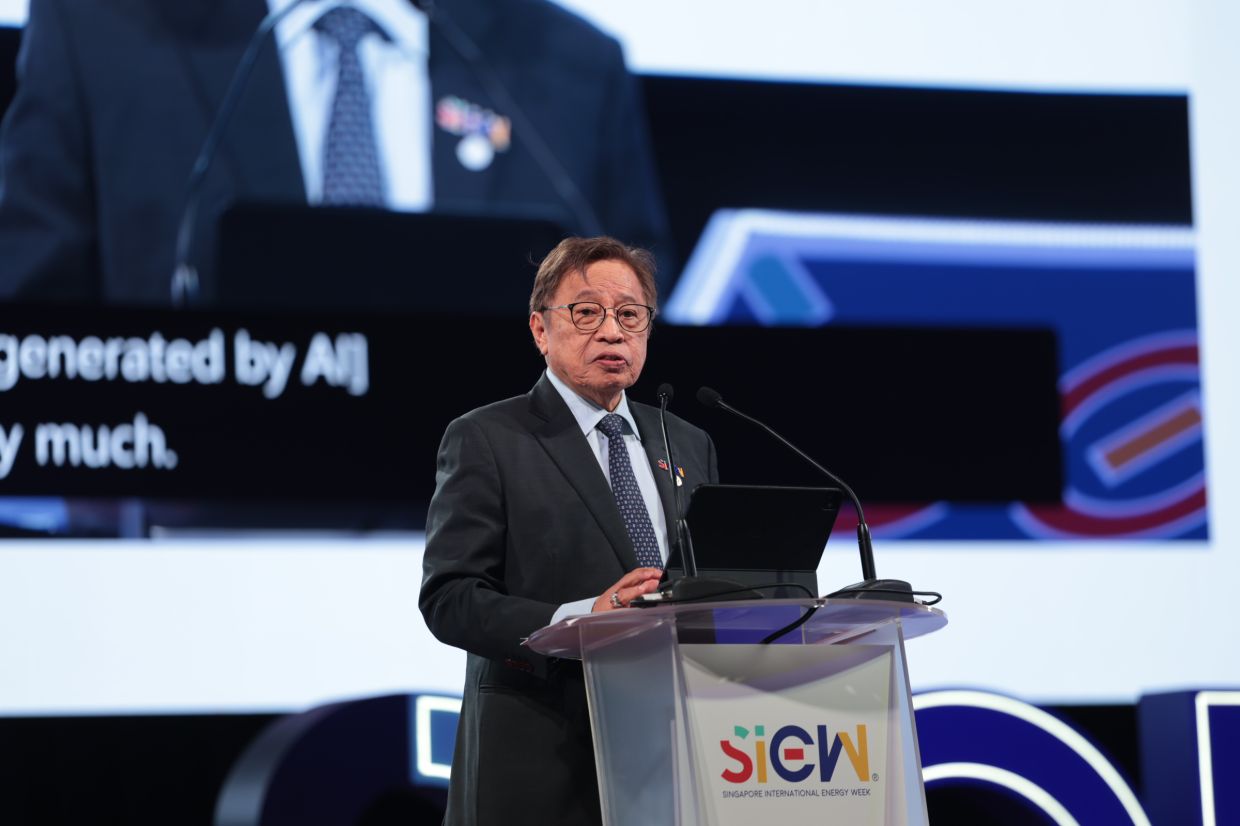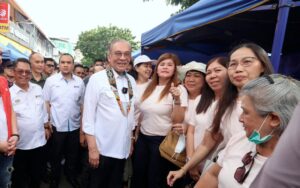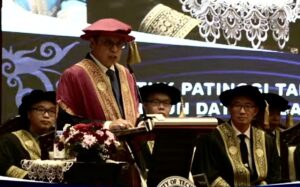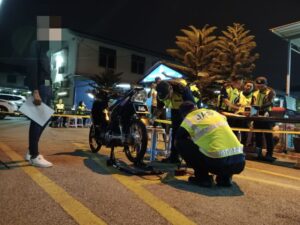WE need a “whack-a-mole” approach to realise the Asean Power Grid (APG).
Asian Development Bank (ADB) regional director Jackie Surtani’s funfair game analogy for the pathway to an integrated clean energy grid in the region may sound somewhat out of whack, but it hits the nail on what needs to be done to translate ambitious vision into feasible action.
Noting that various issues need to be resolved, particularly the regulatory and financial barriers for the APG to go live, Surtani argued that the countries in the region cannot afford to wait for the “right conditions”. Instead, Asean needs a more pragmatic approach he said – start small and let success drive the momentum to the big prize.
As he put it, each challenge must be resolved one by one until a first project demonstrates regional viability.
“Do one deal well, and confidence will follow,” he said, speaking at the Asean-France Forum panel on “Unlocking Investments for a Connected Regional Power Grid”, one of the many discussions held at the recent 2025 iteration of the annual energy conference Singapore International Energy Week (SIEW).
“When I was growing up, I used to play this game called whack-a-mole, where a mole would come up, and you’d have a hammer, and you’d whack it down, and then another mole would come up, and you’d whack it again. This is exactly it [with the APG],” he explained.
“Everyone now is so focused on what I call upstream, trying to get all the policy and regulatory frameworks perfect.
“But the best form of upstream is doing downstream. Do the downstream. Just do one project. That will influence a lot of the upstream work.”
Successful projects will show how regional power trading can work in practice, building confidence among governments and investors, he reiterated, citing the 600-megawatt Monsoon Wind Power Project between Laos and Vietnam as an example.
“If Laos can sell to Vietnam, that gives me a lot of confidence. If those two countries can do it, we surely can too.”
Surtani was not alone in his optimism for the APG. Boosted by key milestones made at the 43rd Asean Ministers on Energy Meeting and the 25th Asean Energy Business Forum in Kuala Lumpur earlier last month, the APG was left, right and centre at SIEW 2025, held at the Sands Expo & Convention Centre in Marina Bay Sands, Singapore.
The hopeful buoyancy is palpable, befitting the conference’s theme: Envisioning Energy Tomorrow, Building Systems Today.
As the policymakers, finance leaders, energy experts and industry players at SIEW 2025 enthused, the time is now for the highly ambitious integrated power plan if Asean is to realise its vision of becoming a low-carbon economic powerhouse by 2045 and reaching net zero emissions by 2050.
New momentum
It’s been a long journey for the APG, which was first conceived almost 30 years ago in 1997, under the Asean Vision 2020.
The regional initiative aims to “interconnect national power systems to meet South-East Asia’s fast-growing electricity demand and support the region’s energy transition”.
It is also aimed at strengthening the bloc’s energy security by reducing dependency on imported fuels and lowering countries’ exposure to global fuel price volatility and supply disruptions.
But the APG has been slow to take off. According to the Asean Centre for Energy (ACE), only about half of the 18 prioritised cross-border interconnections are in place.
The last few years, however, have seen rapid developments such as the affordability of renewable power and growing demand for clean energy, pushing for the acceleration of the APG.
As Singapore’s Manpower Minister and Minister in Charge of Energy and Science & Technology Tan See Leng highlighted in his opening address at SIEW 2025, Asean is expected to account for 25% of global energy demand growth over the next decade.
According to the International Energy Agency, by 2050, the region’s energy demand is set to overtake the European Union’s.
Tan said that renewable energy resources such as steady sunshine, wind and dams are unevenly distributed across the region; the only way to ensure equitable access to clean power is to trade it via an integrated grid like the APG.
Still, financing remains a gap, as underscored by the different speakers throughout the conference.
As a start, the ADB along with the World Bank Group recently launched a new financing initiative called the Asean Power Grid Financing Initiative (APGF), which is designed to unlock private capital and streamline regulatory processes to align grid financing with broader regional funding goals.
The APGF aims to mobilise large-scale financing for cross-border power connections across land and sea, Surtani said.
Both development banks will not only provide technical assistance for project preparation and capacity building but also a range of financial instruments such as grants, concessional and regular loans, political risk coverage, and public-private partnership advisory services.
However, more investment is required, said ACE, which estimated that the region will need at least US$764bil (RM3.2 trillion) to develop and generate the high levels of renewable energy integration required.
Singapore leads
As an important energy player in the region, Singapore is taking the lead in building up its energy capabilities to adapt to the rapid changes driven by AI and digitalisation, as well as reaching the country’s low-carbon targets.
Calling it as the “next chapter of its energy story”, Tan said Singapore is trying to navigate an “energy trilemma” of finding the balance between sustainability, security, and cost-competitiveness.
“To secure a low-carbon energy future for generations to come, we must plan smarter and work harder,” he said, noting that decarbonisation may come with trade-offs that the sector must prepare to mitigate.
He highlighted that getting the right energy mix is crucial as a strategy to wean the region off fossil fuels and move towards clean power, including low carbon energy options such as ammonia, green hydrogen and nuclear power.
Meanwhile, Singapore’s Energy Market Authority chief executive Puah Kok Keong said it is vital to design and build systems that are “resilient, inclusive, and ready for the challenges ahead” as Singapore continues to diversify its energy mix and pursue more sustainable pathways.
Announcing several initiatives such as R&D and new solutions as part of the country’s Future Grid Capabilities Roadmap, Tan agreed that it is crucial to ensure the reliability and resilience of Singapore’s power grid.
“As our systems grow more complex, our energy ecosystem must also grow more resilient.
“Energy is an existential issue for Singapore …
“As we step into this new chapter, I invite all of you, our partners in Asean and around the world, to join us as we write this important chapter in our journey together,” Tan said, stressing that the APG is critical, especially in tackling climate change in the future.
Borneo boost
Sarawak meanwhile reaffirms its mission to be the “Battery of Asean”, by positioning the state as a regional leader in sustainable and renewable energy development.
Sharing Sarawak’s ambitious roadmap to become a regional clean energy powerhouse, Sarawak Premier Tan Sri Abang Johari Openg in his keynote address at SIEW 2025 revealed plans for the Borneo Grid – set to link Sarawak with Sabah, Brunei, and West Kalimantan – which will be a major step towards realising the APG and creating a truly interconnected regional power network.
The state’s clean energy goals are anchored by sustainable hydropower and cross-border grid integration across Asean, he added.
Abang Johari also shared three key policies – the Sarawak Energy Transition Policy (SET-P), the Hydrogen Economy Roadmap, and Sustainability Blueprint – which are aimed at transforming the territory into a high-income economy powered by renewable energy by 2030.
“Through our Sarawak Energy Transition Policy, we are charting a practical and just path toward a low-carbon, resilient economy – built on our strong hydropower foundation and expanding through renewables, hydrogen, and carbon capture.
“By 2050, this transition is projected to generate over US$130bil (RM542.9bil) in GDP, create 80,000 new jobs, and attract global investment while ensuring the benefits reach our people,” he said.
Abang Johari also highlighted Sarawak’s innovation in renewable integration, namely Batang Ai’s floating solar project – Malaysia’s first large-scale hydrosolar installation – as well as ongoing expansions at Batang Ai and feasibility studies at Bakun and Murum dams.
He also noted that Sarawak’s flagship Bakun Hydroelectric Plant recently received the International Hydropower Association’s (IHA) Blue Planet Prize 2025 and certification under the Hydropower Sustainability Standard, making it the largest hydropower plant in South-East Asia to attain this recognition.
Furthermore, he said, Singapore’s Energy Market Authority has granted conditional approval for Sarawak to export 1 gigawatt of renewable energy to Singapore by 2032 – a landmark collaboration that will enhance Singapore’s energy security while driving Sarawak’s growth and cementing its position as a regional renewable energy leader.
Strong regional collaborations are vital in advancing Asean’s clean energy goals, Abang Johari stressed, urging governments, industry players, and financial institutions to work together towards the aim.
“As we move forward, Sarawak remains committed to sustainable hydropower leadership and to advancing regional energy integration.
“We welcome our partners in government, industry, and finance to walk with us on this journey – to power progress, connect our economies, and secure a cleaner, brighter future for all in Asean,” he said.
